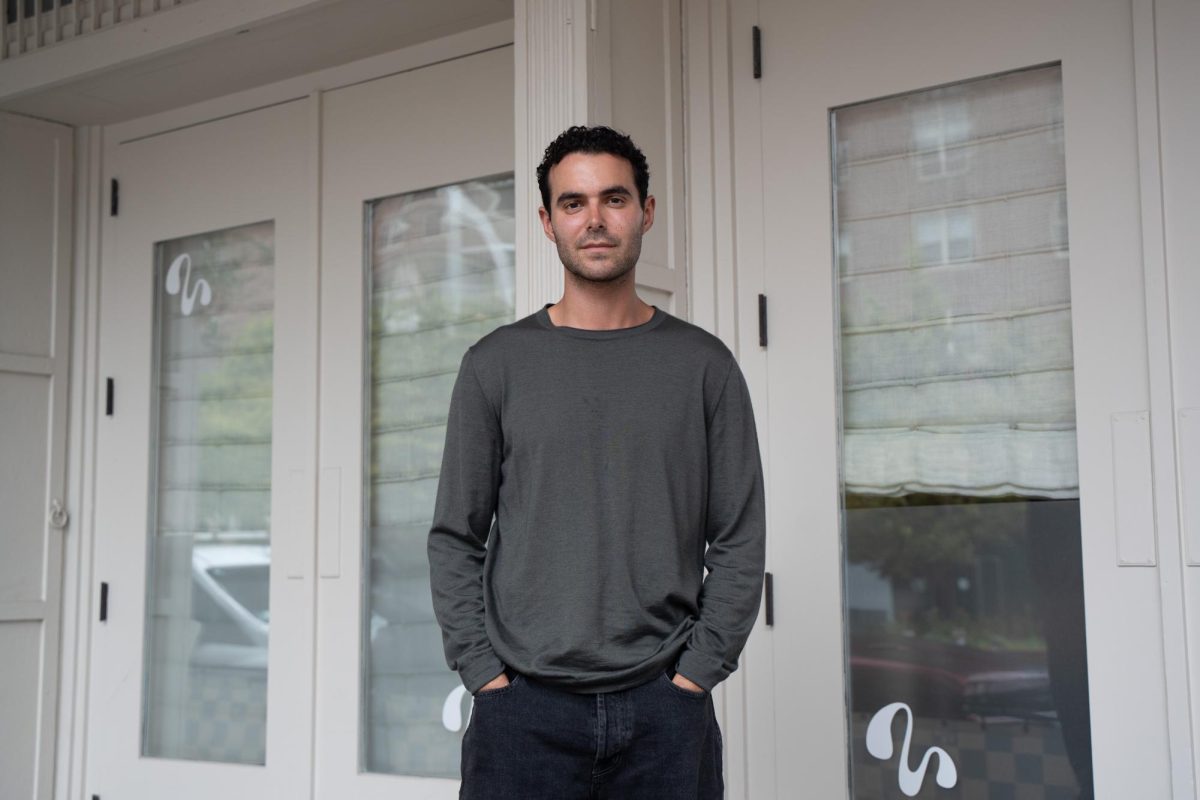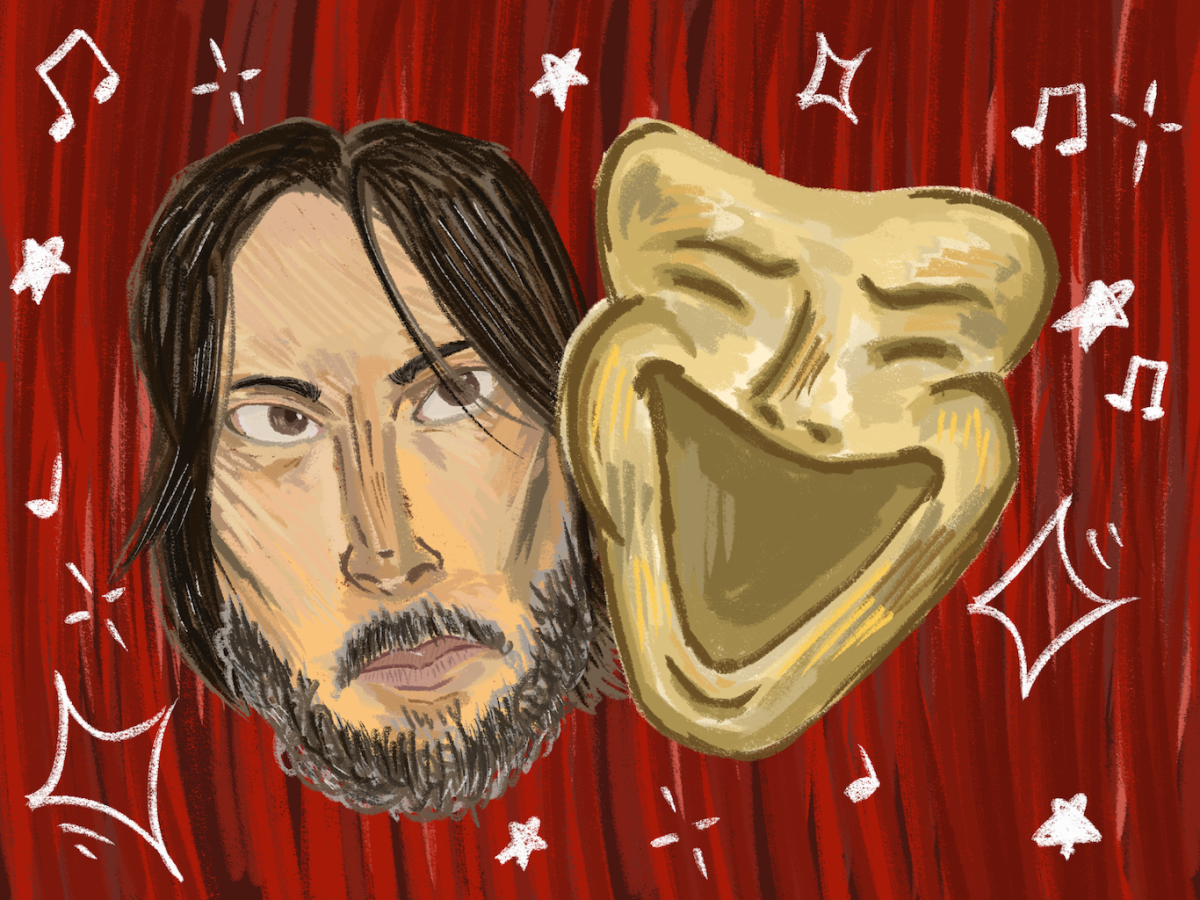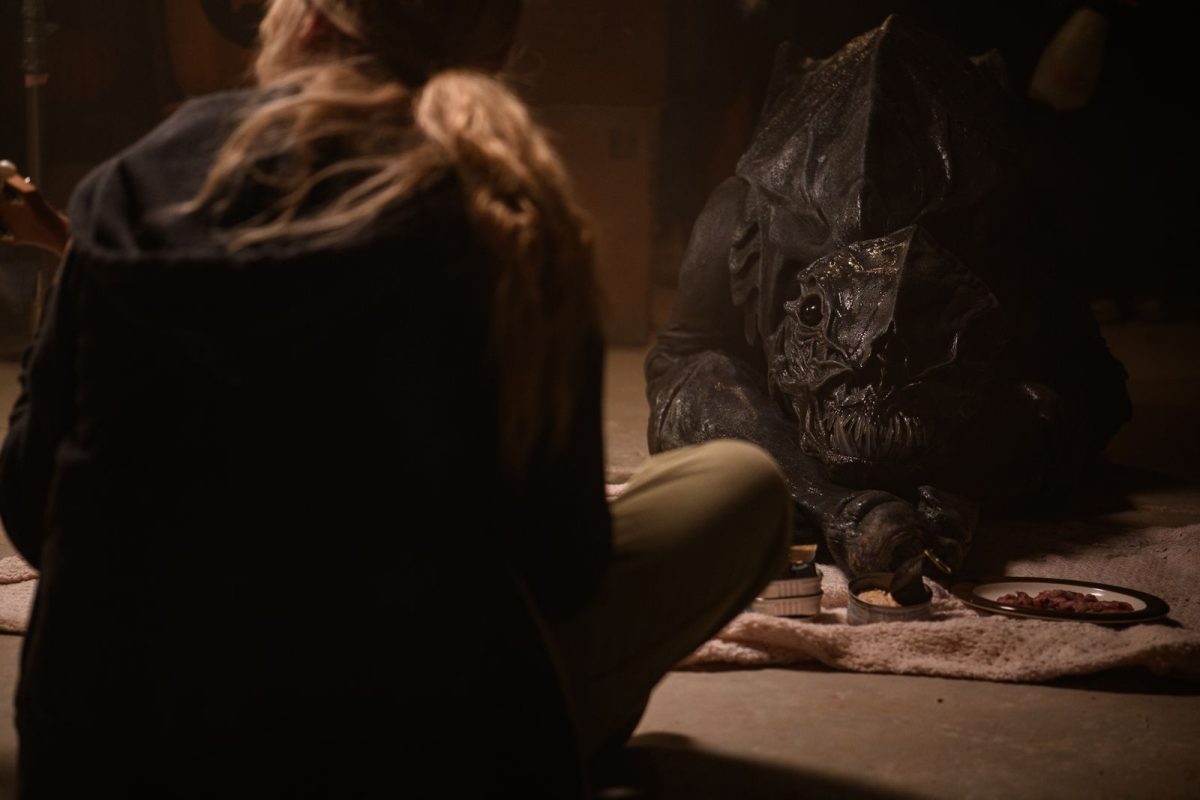In the last decade, A24 has become synonymous with innovative arthouse films, but one of their latest releases, “The Front Room,” struggles to match its predecessors. The first act showed potential, but co-directors Max and Sam Eggers, who contributed to “The Lighthouse” and “The Witch,” respectively, failed to match that energy throughout the second and third acts. Not only does “The Front Room” lack any emotional or social depth, but it tried and failed to gain audiences of previous A24 horror films that had achieved the trichotomy of horror, occasional dark humor and disturbing drama.
The film begins as anthropology professor Belinda (Brandy Norwood) quits her job, triggering bouts of sleepwalking and reminiscence about her firstborn, Wallace, who she lost through a stillbirth. As this emotional turmoil sets in, Belinda’s husband, Norman (Andrew Burnap), receives a call from his dying, estranged stepmother, Solange (Kathryn Hunter), who proposes they care for her in exchange for a large lump sum. They agree to take her in, not knowing that they would be welcoming into their home a Daughter of the Confederacy — a neo-Confederate organization for female descendants of Confederate soldiers. Solange is also a self-proclaimed woman of God who insists she’s been possessed by the Holy Spirit. The dynamic between her and the couple becomes hostile throughout the course of the film, as she tries to convert Belinda and Norman’s newborn, despite their atheist protests. She even goes so far as to redecorate the home with religious artifacts and invite a mega-religious prayer group over.
Most frustrating was Solange’s obsession with the Holy Spirit, which lacked thorough exploration. Her first appearance in the film was at Norman’s father’s funeral, where she was seen wearing an all-black head and body covering, almost like a cloak. She took off her cloak and revealed a Jesus fish necklace with an evil smirk, blatantly introducing her as the film’s villain. And though we assume she is quite literally praying on Belinda’s downfall, there’s no evidence that it was her connection to God that caused any of her turmoil.
A recurring part of the film is Solange’s incontinence, which she weaponizes to force Belinda to assist her. Despite happening again and again, the issue is quite underdeveloped. It is the only plot point truly reminiscent of the horror genre, eliciting discomfort and foreboding. However, the repetitive pattern of Solange defecating her pants, letting out a piercing cry from the front room and Belinda entering to find her soiled became tired and predictable very quickly.
Despite the lackluster horror and attempts at a narrative, Hunter’s portrayal of Solange shone through much of the narrative weaknesses, as her performance was so utterly memorable and crucial to the plot. Hunter alone added uneasiness to the film that shone against the flatness of the storyline.
Senior citizen horror is a niche that exists in such few films, and Hunter should be considered a forerunner of the microgenre. Films in the vein of “The Visit” or “Rosemary’s Baby” match “The Front Room’s” level of antagonism and hagsploitation. Norwood also gave an outstanding performance as Belinda, as her character was so infuriated with Solange that it was hard to decide whether to hate or empathize with her.
Seemingly, the only truly A24 elements of this film are the cinematography and set design, which were unpredictable throughout the film. Shots often utilized mirror reflections to represent the paradox of reality and Belinda’s perspective. Framing much of the tense scenes with reflective surfaces allowed a juxtaposition between real and make-believe in a world intended to be hallucinogenic and bewildering.
Though it’s doubtful that a best picture nomination is in the Eggers Brothers’ future, the film provided some moments of shock and laughter — but mostly perplexity — that left a lasting impression.
Contact Chloe Haack at [email protected].






















































































































































